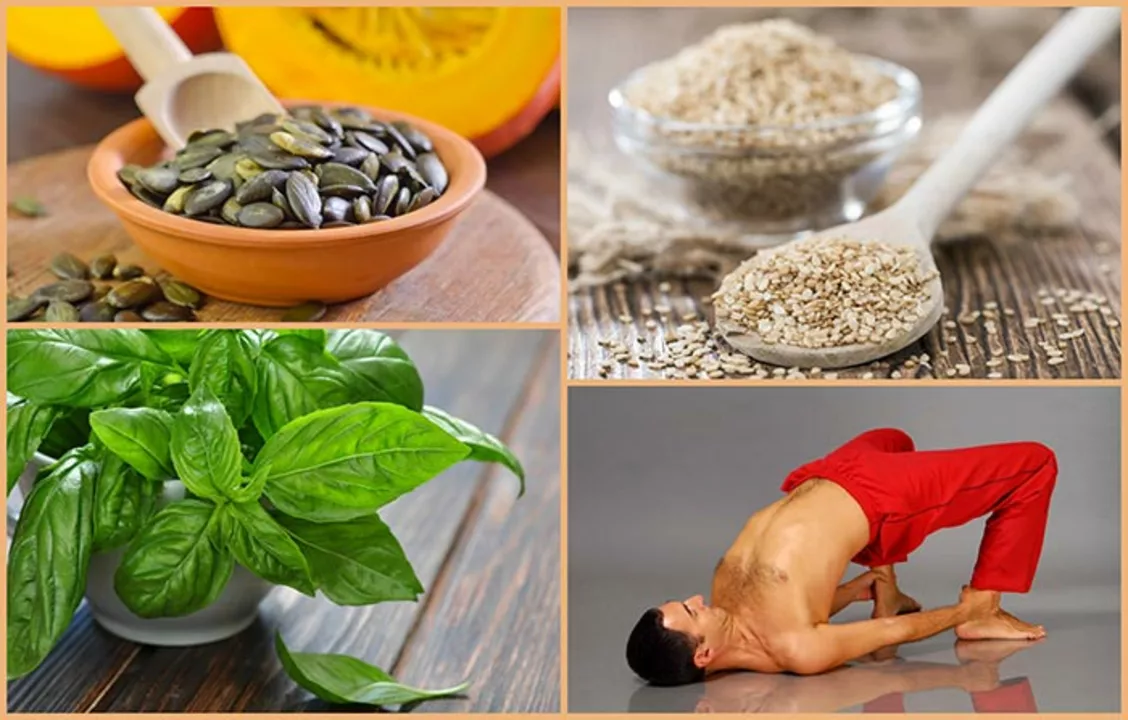Enlarged Prostate (BPH): Quick Practical Guide
If your pee habits changed—more trips at night, weak stream, trouble starting—you might have an enlarged prostate, also called benign prostatic hyperplasia (BPH). It’s common: many men over 50 notice symptoms. The good news is it’s usually not cancer and there are simple steps to feel better.
What causes it? The prostate grows with age. Hormone shifts, especially dihydrotestosterone, and family history raise the odds. Not every man with a bigger prostate gets symptoms, but when the gland presses the urethra you’ll notice changes in flow and urgency.
Common signs to watch for
Look for these: needing to urinate often (especially at night), weak or interrupted stream, straining to start, feeling like the bladder isn’t empty, sudden strong urges, and occasional leaking. If you can’t urinate at all, seek emergency care.
Diagnosis and simple checks
Your doctor will ask about symptoms and may do a urine test, a blood test for kidney and prostate markers, and a digital rectal exam to feel prostate size. Sometimes they measure how much urine is left after peeing (postvoid residual) or check flow rate. These tests help rule out infection, stones, or other causes.
Treatment depends on how bad symptoms are and how they affect your life. If symptoms are mild, many men try watchful waiting: track symptoms, cut caffeine and alcohol, avoid medicines that tighten the bladder, and time fluids to reduce nighttime trips. Simple bladder training and pelvic floor exercises can help.
Medications are common. Alpha blockers relax the prostate and bladder neck for quicker relief of flow problems. 5-alpha-reductase inhibitors shrink the prostate over months and lower the chance of needing surgery. Your doctor may use both together. There are side effects to know—talk with your provider before starting any drug.
When meds don’t help or if complications appear—repeated infections, bladder stones, kidney problems, or inability to pass urine—procedures come next. Options range from minimally invasive outpatient treatments to standard surgery like TURP. Newer approaches aim to reduce side effects such as sexual problems and incontinence, so ask for up-to-date options.
Practical tips you can use today: limit fluids before bed, avoid diuretics late in the day, reduce caffeine and alcohol, double void (try peeing twice a few minutes apart), and practice pelvic floor exercises. Keep a symptom diary to share with your clinician—it makes decisions quicker.
A few extra points: regular checkups matter—your doctor may repeat PSA or ultrasound if symptoms change. Some medicines for other conditions (antihistamines, decongestants, some antidepressants) can make symptoms worse. If sexual side effects worry you, ask about alternatives and timing. Insurance often covers standard treatments; get a cost estimate. Don’t ignore sudden fever or blood in urine.
If you’re unsure, start by talking to your primary care doctor or a urologist. Bring a list of symptoms and medicines. If you’re looking for safe drug info, dosage details, or comparisons of procedures, Medzino.com has clear guides and patient-friendly articles to help you compare options and ask the right questions.

Natural Remedies for Enlarged Prostate: Do They Really Work?
As a blogger, I recently explored the topic of natural remedies for an enlarged prostate and whether they actually work. I discovered that while some remedies like saw palmetto, pygeum, and stinging nettle might provide relief, scientific evidence regarding their effectiveness is still limited. It's essential to consult a healthcare professional before trying any alternative treatments. I also learned that maintaining a healthy lifestyle, including regular exercise and a balanced diet, can help in managing the symptoms. Remember, it's crucial to get a proper diagnosis and follow your doctor's advice for the best outcome.
